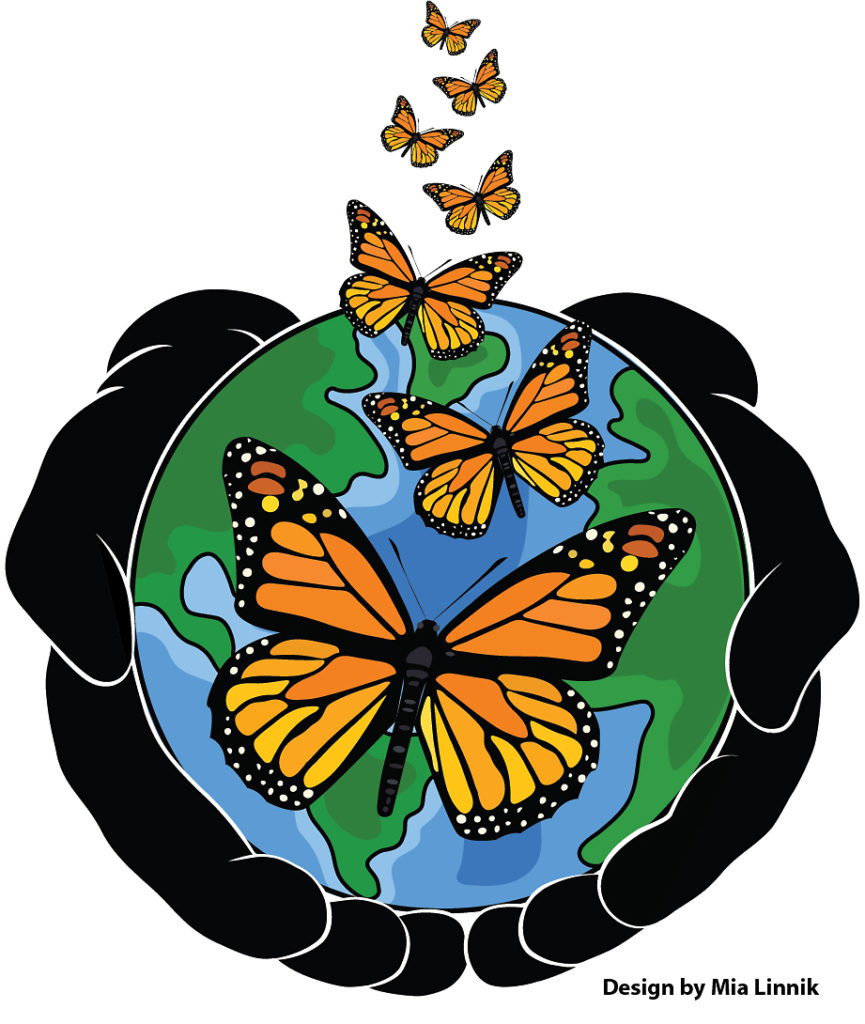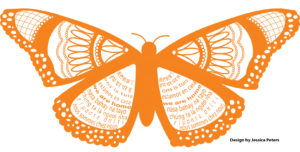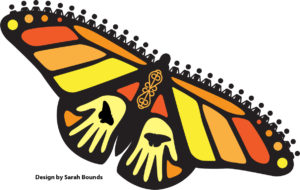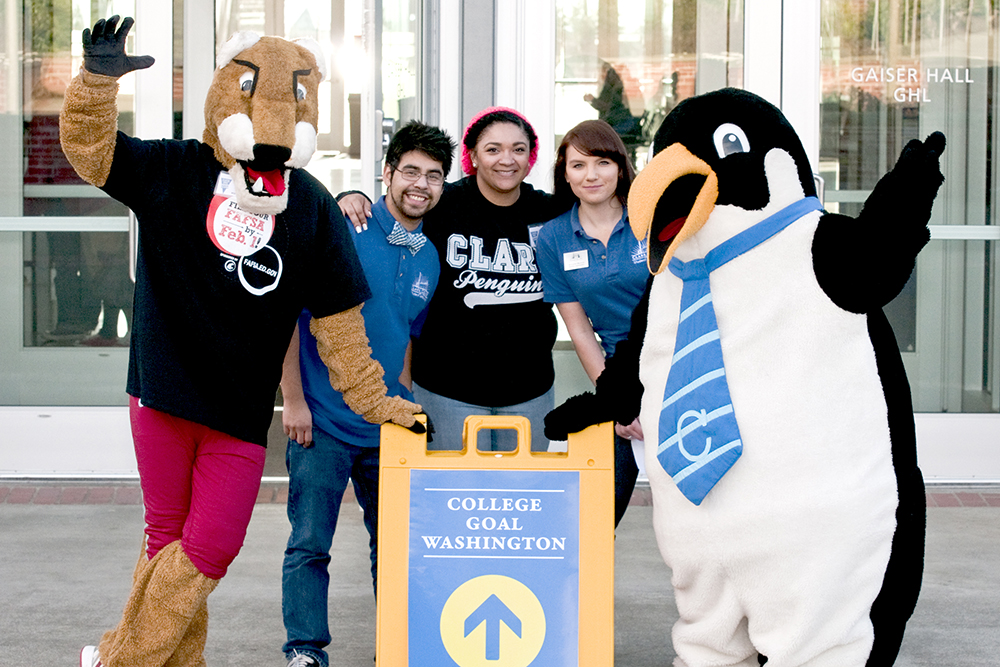A welcome sign for Dreamers
Being a college student can be stressful for anyone, but it carries an extra layer of anxiety for the undocumented. Will they be able to access financial aid? Will they be asked for a Social Security Number? Above all, will talking with a professor or staff member compromise their safety and lead to deportation?
Clark College is taking a new step to reassure these students: It is creating a new logo that faculty and staff can display to show that they are a “safe space” for undocumented students, commonly known as Dreamers.
The concept is much like the “Penguin Pride” sticker unrolled several years ago to indicate safe spaces for Clark’s LGBTQUIA+ students. As with that sticker, faculty and staff must undergo specific training before receiving the sticker—in this case, “Best Practices to Support Dreamers,” offered by the Office of Diversity Equity and Inclusion.
The project is the result of a collaboration between Digital Media Arts students and BUILD (Broadening Understanding, Intercultural Leadership and Development), a yearlong employee training program that focuses on issues of diversity, equity, and inclusion.
After completing the inaugural BUILD cohort together, Deena Godwin, Marilyn Hale and Yusufu Kamara proposed creating a Dreamers logo for faculty and staff to display on windows, workspaces, or online to indicate safe spaces and community support for Clark College Dreamers. And who better to design such a thing than Clark College Digital Media Arts students?
Collaborating with Digital Media Arts department head Kristl Plinz and students enrolled in a beginning Digital Media Arts course fall term, the three BUILD members along with Diversity Outreach Manager Rosalba Pitkin helped define the client needs assessment, then participated in a student-led design pitch session via Zoom. After weeks of creative development, 24 student designs were submitted for consideration. A committee of 18 faculty, staff, and students—including Dreamers—voted on the designs.
The winner, student Mia Linnik, was awarded a $500 tuition scholarship provided by Clark College Foundation. Her design features monarch butterflies, which have become a symbol for Dreamers because of their long migration patterns.
Here is Linnik’s description of her winning design: “This design incorporates the ideas of community, support and migration. The concept was to create a warm and uplifting feeling with supportive hands and a group of flying monarchs. The Earth communicates the idea that Dreamers are from all over the world, and that we are still a community no matter where someone was born. The hands wrapped underneath the Earth conveys a message of support and care. The monarch butterflies are a symbol for migration. The group of butteries shows community and togetherness.”
One Dreamer commented on the winning design: “It shows me again that Dreamers come from all different backgrounds and we don’t have a limit or where our dreams/goals can take us. We are resilient and determined to go anywhere our education goals take us.”
BUILD teammate and Economics professor Yusufu Kumara said of the winning design: “It takes me back to the first time I came to this country as a Fulbright Scholar in 2006. I met many others like me who came here from all over the world, and we were welcomed and embraced and made to feel like we belonged here by people who barely knew us. Looking at the winning design, I cannot hold back tears thinking back to those days, which considering what is going on now, seems like 100 years ago. I am filled with joy and very proud to have been a part of something bigger than myself. My wish is that this can carry over to other colleges and universities around the country. Let’s make this a national thing.”
Designs by students Sarah Bounds and Jessica Peters tied for second place. Both students were awarded a $75 credit to the Clark College Bookstore, also compliments of the Foundation.
It’s hard to know how many Dreamer students attend Clark College; by necessity, they often keep their status hidden. This has been especially true in 2020, when the future of the Deferred Action for Childhood Arrivals (DACA) initiative has been uncertain. However, the college has made a public commitment to not base admission decisions on immigration status and to not share students’ immigration status with others unless required to do so by a subpoena or court order. Furthermore, Dreamers who live in Washington state have an added source of hope: While they are usually ineligible for federal financial aid, they may be eligible for state aid through the Washington Application for State Financial Aid (WASFA).
Learn More
- View the Zoom recording announcing the winning designs.
- View all 24 student design submissions.
- Learn more about how Clark College supports Dreamers at www.clark.edu/cc/dreamers.
- “Best Practices to Support DREAMers” will be offered February 8, 2021 from 4 to 6 p.m. via Zoom. Click to register here (must be a Clark College employee to attend).



